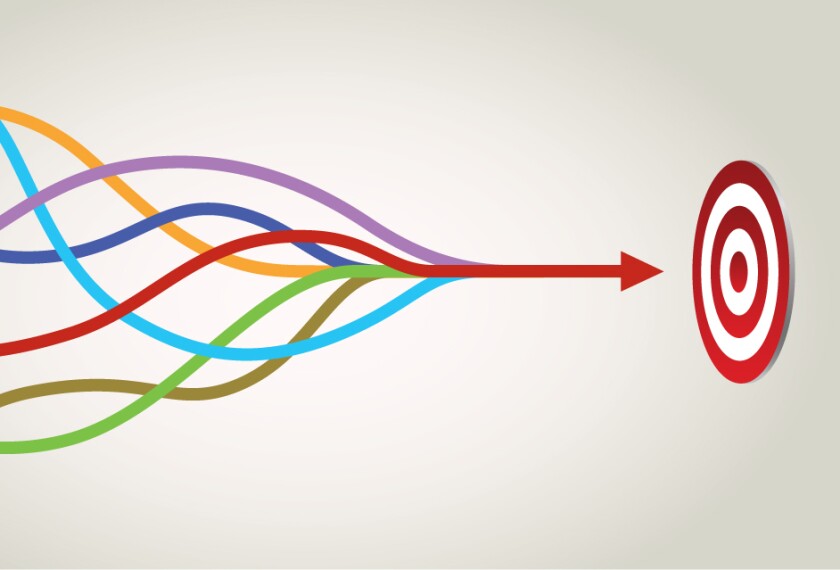Paul LeMahieu is a co-author of Learning to Improve: How AmericaŌĆÖs Schools Can Get Better at Getting Better. His work on bringing a ŌĆ£continuous improvementŌĆØ approach to K-12 education spans a career that has included stints as HawaiiŌĆÖs superintendent of education and the director of research at the National Writing Project. LeMahieu is currently the senior vice president of the Carnegie Foundation for the Advancement of Teaching, an early and ongoing leader in the continuous-improvement push.
In February, LeMahieu talked with Education Week about using educational data to support continuous improvement. The following Q&A has been edited for length and clarity.
How is research for continuous improvement different from that more traditional type of research?
Traditional research tells us something can work. It mostly aspires to build theory and to warrant claims of causation. But the very things you do to warrant that claim also limits and restricts the transfer and utility and generalizability of that knowledge.

Improvement science tells us how to make it work, over and over again, across contexts.
Our work basically is comprised of wedding together two other big sets of ideas: improvement science, and the power of networks.
Can you explain those two ideas?
Improvement science is not new. ItŌĆÖs been around for close to 100 years, but most of that time in business and industry. Over the last 25 or so years, weŌĆÖve seen improvement science in professions such as health care, child welfare services, criminal justice, other contexts that are more like education.
We think what we refer to as networked improvement communities are a uniquely effective social organization in which to do improvement work. They are rich sources of ideas and innovation. They also provide diverse contexts. And networks allow you to see patterns. We donŌĆÖt lack for good ideas in education. We lack for methodology that rigorously helps us to implement those good ideas, so they succeed across contexts.
Most of the data infrastructure in K-12 today has been built for accountability purposes, not continuous improvement. What can be retrofitted, and what needs to be built new?
In an accountability context, the questions are, ŌĆśDid you do what you were supposed to do, and did you realize the outcomes you hoped for?ŌĆØ
ThatŌĆÖs not good enough for improvement.
The essential questions of improvement science are, ŌĆ£what works, for whom, under what condition?ŌĆØ To answer those, we need new forms of data. We need data that illuminate the conditions where an outcome is observed. That includes things such as what sort of policies exist in this environment, what sort of programs and practices are prevalent in this environment. We also need to look at so-called positive deviants, or rich places where positive things can be learned.
YouŌĆÖve talked and written about ŌĆ£balancing measuresŌĆØ and ŌĆ£leading indicators.ŌĆØ What are they?
For improvement, you need both leading and lagging indicators. Take for example improving the teacher workforce. We often cares deeply about outcomes that can be quite distant, like teacher retention. But if our aim to help those teachers get better more quickly and to hold on to them, we donŌĆÖt just need that lagging indicator. We also need a leading indicator, such as how many of them are staying on track. We need to build structures that capture these sort of things routinely.
How much work will that be?
WeŌĆÖre pretty far off from it. The insight is only now dawning on us.
How should we gauge the capacity of new digital data systems to help?
Follow the data. Ask, ŌĆ£Who is the system for, who gets the data, how are they able to use [them], and to what end?ŌĆØ
Do you expect to see much change in the next five years?
IŌĆÖm actually quite optimistic. The movement now has some momentum. ItŌĆÖs starting to show up in places where programs and practices get shaped. ESSA makes provision for continuous improvement. The investment by the Gates Foundation is absolutely significant. IŌĆÖm concerned about qualityŌĆöwhat we donŌĆÖt want is for this to be is this decadeŌĆÖs fad. But I think weŌĆÖre ready to turn a corner with the dawning of improvement thinking.





